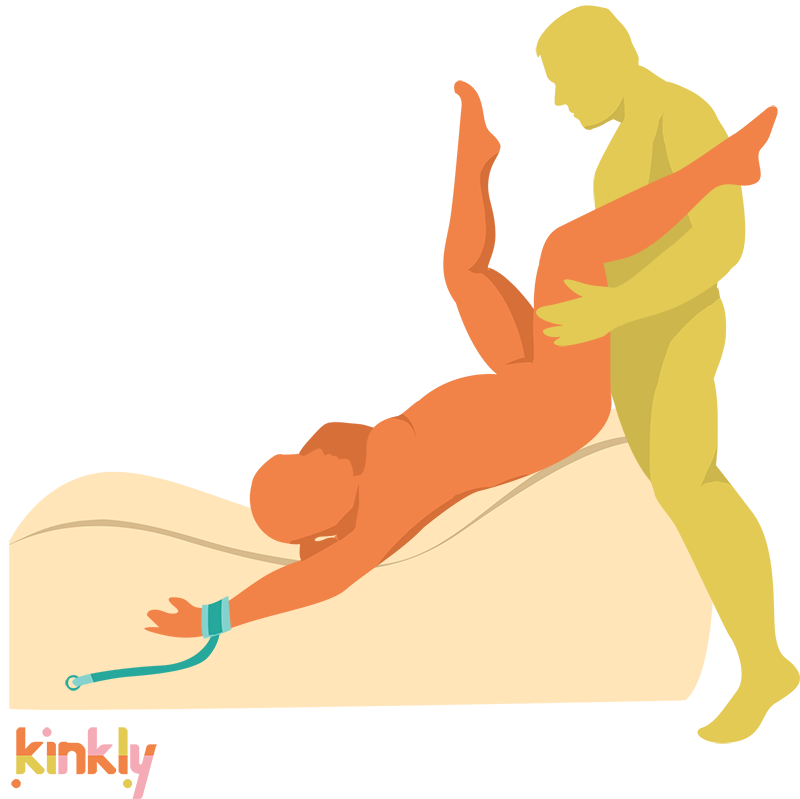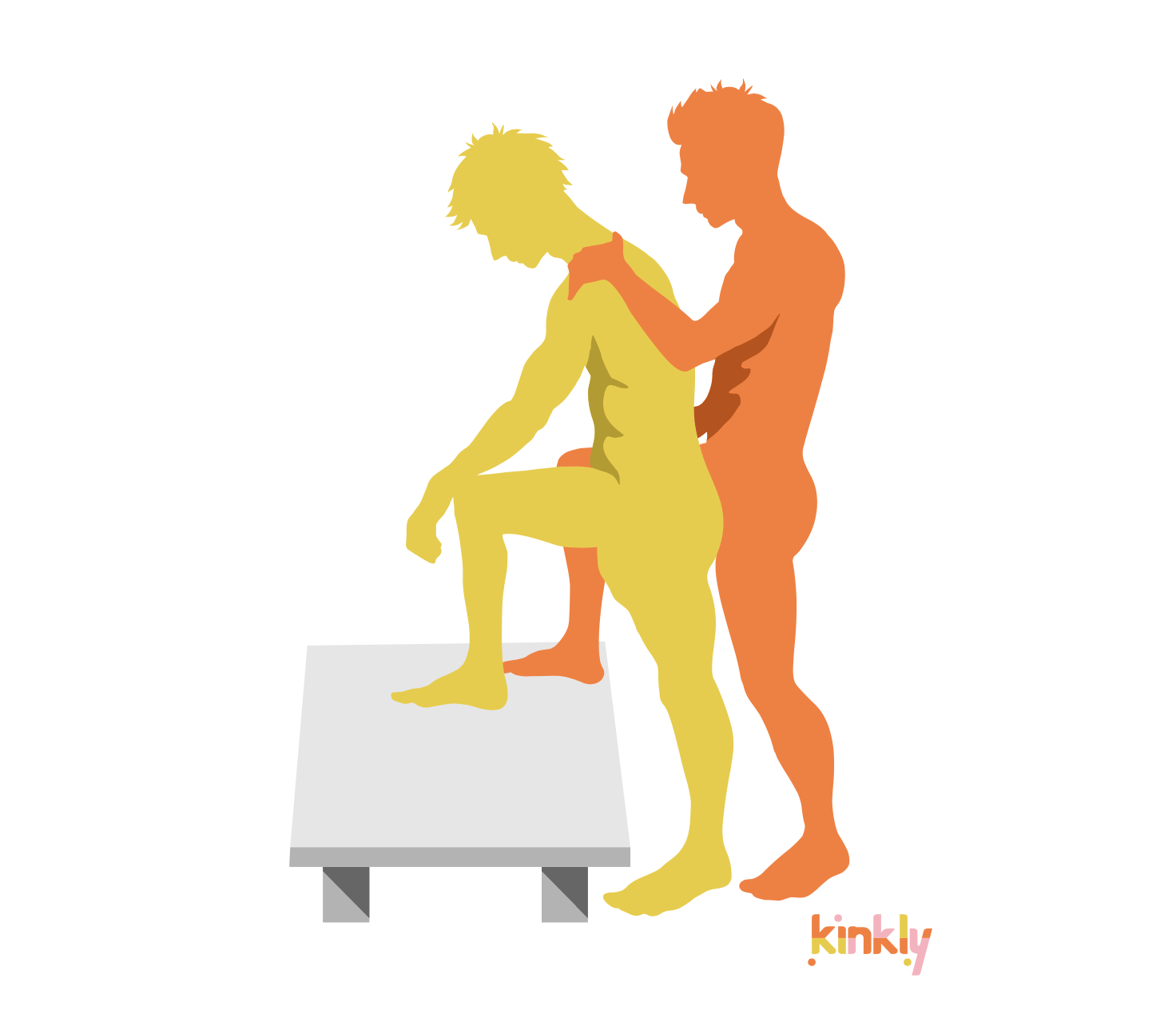The Implant is the common name for the hormonal contraceptive called Nexplanon. This contraceptive was previously called Implanon. It is a very small rod implanted underneath the skin. This rod secretes the hormone progestin to prevent pregnancy.
The implant is sometimes called the contraceptive implant or the birth control implant.
More About The Implant
The implant works like other hormonal contraceptives, including the pill and the shot. The progestin stop ovulation and thickens the cervical mucus. Sperm can’t penetrate this layer and fertilize any eggs released before getting the implant.
Health professionals numb the area, then put the implant into your upper arm. Women with private health insurance or Medicaid can get the implant with little to no out of pocket expenses. Without insurance or Medicaid, it can be an expensive procedure. However, many women feel it’s worth the expense as it lasts a considerable time.
The implant works for up to four years. This makes it a great option for women who forget to take a daily pill or who do not wish to get an injection every three months. At the end of four years, your health professional will numb the area again and make a small cut in your skin to remove the implant. You can then get another implant put in or leave it out. Once the implant is removed, your fertility is restored relatively quickly.
Many women like the implant because it requires practically no maintenance once it is inserted. It doesn’t interfere with sex or foreplay in any way. It’s also safe for many people who can’t take the pill and some other hormonal contraceptives, including smokers and diabetics. Many women notice their periods become lighter, more regular, and less painful. However, there are also some potential negative side effects. Spotting can occur, along with breast tenderness, weight gain, acne, and other hormonal concerns. Often these symptoms fade once your body gets used to the hormones. This usually takes six to 12 months. If these problems don't settle, you could discuss other contraceptives with your health team.
You should ideally get the implant within the first five days of your period to provide immediate pregnancy protection. If this isn’t possible for some reason, use a back-up contraceptive to prevent pregnancy for the first week.
Note that the implant won’t protect you from STDs. You’ll still need a condom for this.


















